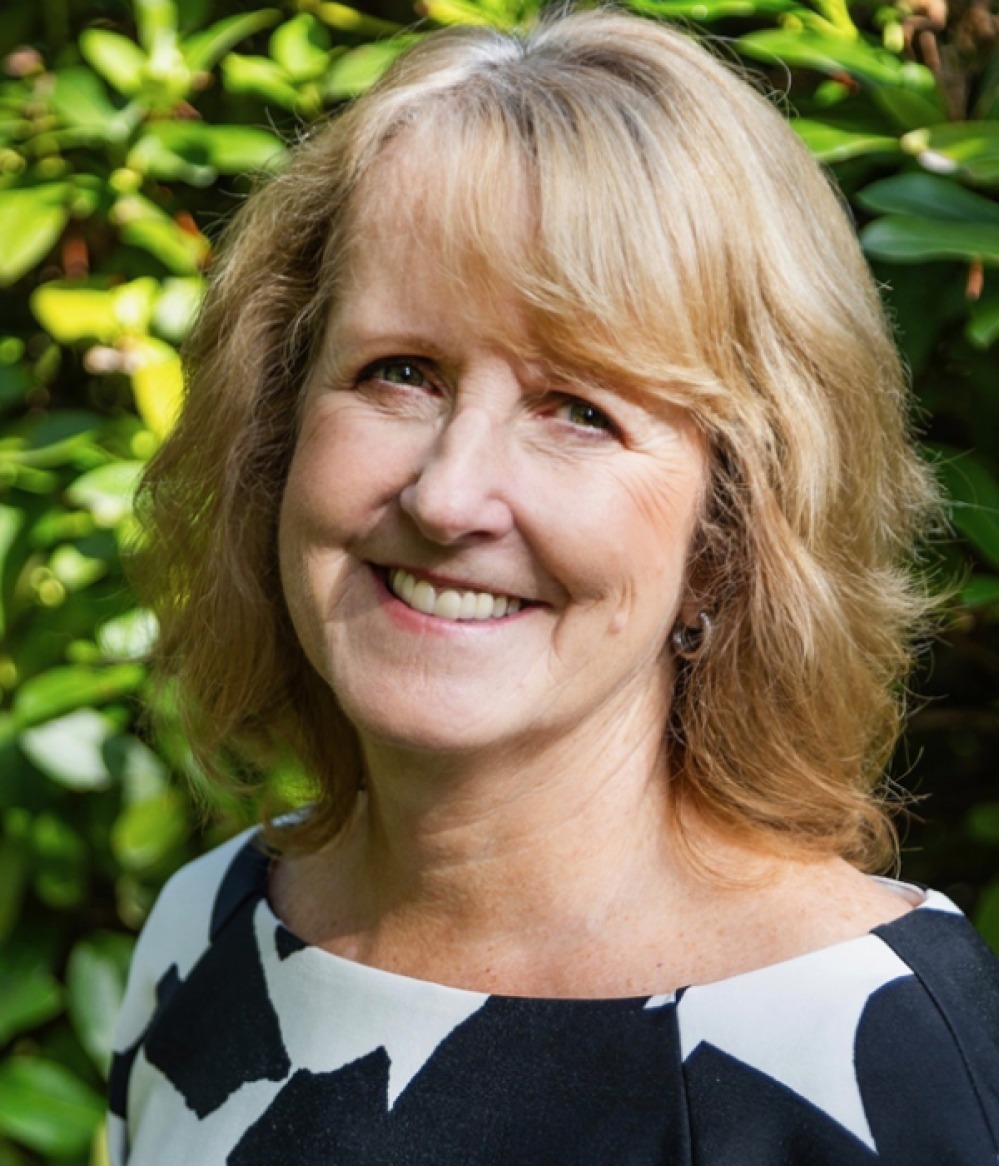PMDD: What Is It and What Can Be Done to Help?

The inexplicable whoosh of sadness many women experience in the days before menstruating might be so normalised that it's almost cliché, but for some people PMS (or premenstrual syndrome) can be so severe that it interferes with their everyday lives
Diana is a consultant community gynaecologist based at the New Croft Centre sexual health clinic in Newcastle. Throughout her career, she has treated problems relating to women’s reproductive health, from adolescence through to perimenopause, menopause and postmenopause. We contacted her with the intention of talking about PMDD or ‘pre-menstrual dysphoric disorder’. Diana tells me that PMDD is a term that is used more widely in America to describe severe mental health issues around the time that women have their period. At it’s most simple, PMDD can be thought of as extreme PMS. However, Diana thinks that focusing on PMDD risks excluding women who are still experiencing severe symptoms and therefore prefers the more all-encompassing ‘PMS’.
Read More: How You Can Increase Your Collagen

While most women are familiar with the cramps that accompany menstruation, many also experience physical symptoms before they start to bleed. Diana says that these symptoms can include breast tenderness, headaches just before the period starts, occasionally joint pain, cramps, food cravings (specifically for carbohydrates), and trouble sleeping. Psychologically, the symptoms are just as numerous. Most people probably think about low mood and irritability when they hear PMS, but Diana says that she also sees patients who feel fatigued, have difficulty concentrating, experience brain fog and even become more clumsy in the run up to their period. The important thing for diagnosing PMS is that, in between experiencing symptoms, patients have seven to 10 days every cycle when they feel normal. This isn’t an absolute rule. ‘I see some women who’ve got borderline personality disorders, or who’ve got anxiety and depression that worsen around their period, and they too can benefit from the various therapies,’ Diana explains. ‘It’s not an absolute exclusion, but it’s getting a clear picture of what may be of greater benefit for some women compared to others.’
The first port of call for women who think they are affected by PMS should be a GP, and Diana suggests investigating whether anyone in the practise specialises in women’s health. It may take a while before you are able to find an appointment, so Diana suggests that menstrual calendar apps like Flo can be a great way to collect useful data while you wait. There is no test that exists for PMS, so keeping an accurate account of your symptoms can be really important in order to find the right diagnosis and treatment.
‘We know that about 75 to 80 percent of us will have had some premenstrual symptoms but they may not be that troublesome,’ Diana says. ‘About 20 percent of women will have reasonable symptoms that will take them to see their doctor, and between two and four percent will have really severe symptoms that will be affecting their lives. It can be life changing if you can give the diagnosis and get the correct treatment.’
You may have heard of the combined contraceptive pill being used to treat issues related to menstruation – and it is the best solution for some women – but Diana tells us that there are a huge range of treatments available. These vary from simple lifestyle changes like reducing caffeine and alcohol, or adopting a Mediterranean diet with more complex carbohydrates, to yoga, various shop-bought supplements, and – on the more interventionist end of the scale – HRT, contraceptives and hysterectomies. We were particularly intrigued to hear that for people with very consistent cycles and symptoms, they can prescribe SSRIs (a group of antidepressants) to be taken during the luteal phase of your cycle (the period between ovulation and menstruation).
Read More: The Real Benefits of Improving Your Posture
Diana tells us that despite lots of theories, there is no singular cause of PMS that has been agreed on. There is, however, a broader consensus on why it happens that informs its treatment. ‘It’s to do with ovulation, it’s to do with hormonal fluctuation, and anything that stabilises may be beneficial,’ she explains.
‘Often people that have PMS may have had a history of postnatal depression, and they’ll say that the best time they had was when they were pregnant because they had higher stable levels of hormones,’ she continues. ‘It’s not to do with the high level, it’s to do with fluctuation and [during] pregnancy you’ve got loads of progesterone around, but it’s not fluctuating.’
The key message is that suffering from PMS does not have to be part and parcel of menstruating, and treatment doesn’t have to mean contraception. ‘We’ve got different routes and not everything suits every woman,’ Diana says. ‘It’s working with what will be helpful to individual women.’
For more information visit pms.org.uk.







